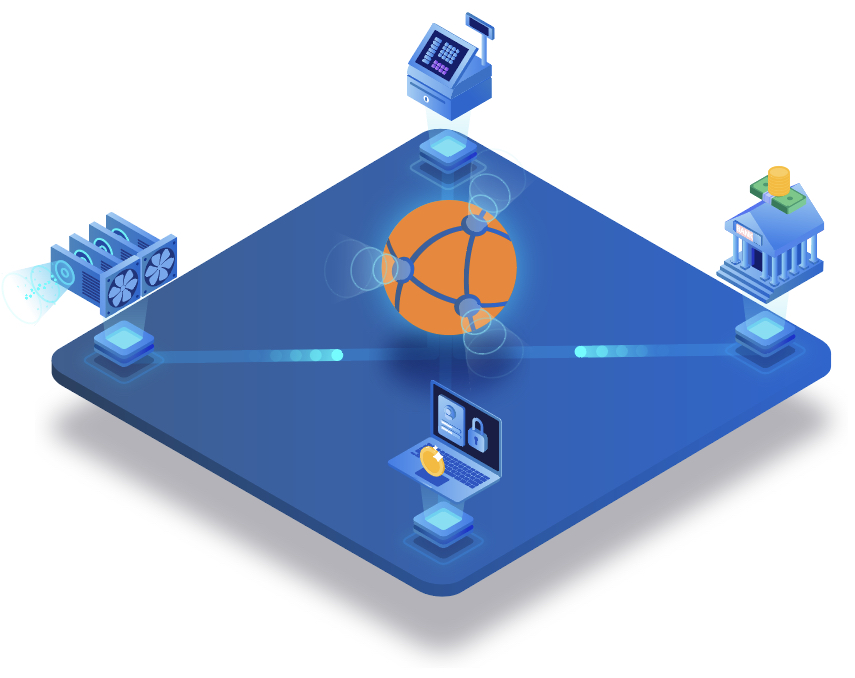What makes us different ?

Key points
One of the key interests of the tokenization is the simplification of the transferability of securities (i.e., simplification of the existence of a secondary market, or better liquidity). However, transfers of securities should only be carried out in strict accordance with the rules in force.
These rules are
The rules of jurisdictional compliance, set to evolve. We know how to follow these developments, given that our platform can be used over time.
The rules of contractual compliance (articles of association, shareholders’ agreements, etc.) are also subject to change, often having to remain confidential, and may be asynchronous (drag along / tag along, voting required, etc.).


Moreover
- We use a real dynamic rules engine to control transfers.
- We use the ERC-1400, built for financial securities and recognized as the industry standard.
Other consequences of choosing ERC-20 vs ERC-1400
We are able, after proof of identity, to destroy and re-allocate hacked tokens.
The ERC-20s do not support partial fungibility. If for example there are normal actions and preferably, we do not have to deploy 2 tokens because we manage the classes and subclasses of assets from the same smart contract.
We are the only tokenization platform in the world capable of tokenizing a security on one blockchain, and then switch to another. This ensures the sustainability of the tokens and being able to change at any time for a new, more beneficial blockchain.
As part of the tokenization of equity securities for a Swiss issuing company, here are some potentially differentiating elements enabled by our infrastructure
- Possibility of aggregating in the same capital structure (same smart contract) several share classes (eg: normal shares, different preferred shares) each providing
– different financial rights (ie. calculation of different income depending on the share class)
– rules for the transferability of different securities / tokens by Share Class (ex: Share Class A transferable only to investors residing in such jurisdiction, not already holding more than such amount of securities)
- Ability to perform complex transferability workflows, for example
1) condition the transfer of a security by a human validation (ex: vote in AG or decision of a corporate officer …)
2) automate certain rules of the shareholder agreement which, in essence are not public and therefore cannot be on-chain (unlike the CMTA-20 specification which consists of implementing these rules in a smart contract and make them public)
Regarding the subscription / payment process
Management of multi-currencies (fiat and cryptocurrencies).
Connection to external APIs to obtain central bank rates (eg. USD / EUR, CHR, EUR, etc.) and crypto rates (eg. BTC / EUR, ETH / CHR, etc.) in real time upon subscription
Manual or automatic reconciliation of crypto payments with subscriptions
i.e. we scan the issuer’s BTC / ETC / USDT / USDB / BUSD wallets to detect payments and mark subscriptions as overpaid / overpaid / incomplete payment
Methods of signing an automated or ‘manual’ subscription contract
Manual signature by the investor then re-upload of the signed contract
Management of KYC / AML ceilings according to the amounts subscribed
Ex: request for live selfies, proof of income, videoconference reservation for identification
Vesting periods selectively managed by the issuer for each investor
Thanks to the status of the tokens issued (RESERVED: reserved & unpaid, LOCKED: reserved & paid but not transferable, RELEASED: transferable / vesting completed)
Determination of the status of a cap table (shareholder register) in real time but also at an earlier date
(eg: at the end of the fiscal period) by replay of movements of securities, for the purpose of calculating dividends
Receive your dividends by Wallet or by IBAN
Possibility for the investor to declare his IBAN or wallets for receipt of dividends in fiat ory crypto
Possibility of easily creating multiple operations in parallel or sequentially, public and / or private, on the same tokens
(ie. The same capital structure), including on several share class at the same time
Possibility of swapping the tokens issued on the initial blockchain (Polygon) to another blockchain
By taking over shareholders’ balances then re-issuance on the target blockchain and burn on the initial blockchain
Chat / discussion possible between investors and the issuer, between the issuer and the administrator, even between investors
For this last point be careful because in the context of a secondary market the platform must not mediate in title trading
Publish buy or sell orders
Ability to publish buy or sell orders on a bulletin board for off-platform trading
